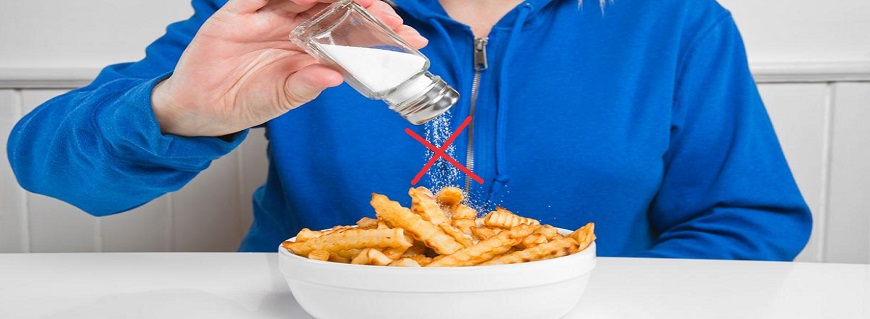
Why stay away from salt? Eating too much salt can cause high blood pressure (hypertension). It also increases your risk of heart disease and stroke. Heart disease is the leading cause of death in Westchester County, New York State and the U.S.
If I’m not adding salt to my food, where does the salt come from?
Most of the salt we eat comes from packaged, processed store-bought food and restaurant meals – especially fast food. A quarter-pound cheeseburger with fries has 1,350 mg of salt, or 60 percent of your daily allotment. A bacon, egg and cheese sandwich has 1,250 mg of sodium, or more than half your daily recommended limit.
While it's best to limit your consumption of fast food, it's important to know that many other "healthier" foods can contain a surprising amount of salt too. For instance, a half-cup of cottage cheese has 400 mg of sodium, or 17 percent of your daily total. Four slices of turkey breast have 1,360 mg of sodium, or 60 percent of your daily limit.
How can I cut back on salt but keep my foods flavorful?
- To cut down on your salt consumption, eat more fresh and home-cooked food, less fast food and fewer processed or prepared foods.
- When cooking, add herbs and spices to boost flavor instead of sprinkling on salt.
- Read food labels when you’re shopping. Sodium can be listed as either salt, sodium chloride, monosodium glutamate (MSG), sodium nitrate or nitrite and sodium benzoate.
- Choose foods with the lowest percent Daily Value per serving of sodium.
- Try to avoid foods with 20 percent or more sodium per serving.
How much salt is okay?
Most people should consume less than one teaspoon or 2,300 mg of sodium a day. People with hypertension, African-Americans and middle-aged or older adults should consume less than 2/3 teaspoon a day, or less than 1,500 mg of sodium.
For further reading: